Bamboo planting model in Lang Chanh district. Photo: Contributor
Green forest changes life
More than 10 years ago, mountainous districts such as Ba Thuoc, Quan Son, Quan Hoa... used to be a vast area of bare hills. People here could only cling to their fields to cultivate cassava and corn in a nomadic way. But now, thanks to the Sustainable Forestry Development Program, the formerly bare hills have been covered with a cool green coat.
Standing in the middle of a bamboo forest at harvest time, Ms. Lo Thi Xuan in Ban Cong commune (Ba Thuoc) smiled as she recalled the past: "Before, our life was very precarious, the whole family only relied on a few acres of cassava on the hill and the poor forest. Since being enthusiastically instructed by cadres on bamboo growing techniques and having access to new varieties, life has completely changed. These 3 hectares of lush bamboo bring the family more than 50 million VND each year."
Not stopping at planting bamboo, many households have boldly changed their crop structure, aiming to develop large timber forests. Mr. Le Van Hung in Xuan Du commune (Nhu Thanh) is a typical example. His family received a 9ha contract from the Nhu Thanh Protective Forest Management Board. "Large timber forests bring much higher economic value. If we convert small-wood acacia forests to large-wood acacia forests, with a care cycle of 10 to 15 years, the economic value of acacia trees can increase 3 times," Mr. Hung shared.
According to calculations by forest owners, 1 hectare of small-wood acacia forest when exploited only reaches 50 to 70 million VND. However, with the same area and a care cycle lasting from 10 to 15 years, forest growers will earn from 250 to 300 million VND when sold at sawn timber value.
Most notably, the province is promoting multi-purpose forestry development models. From simply exploiting wood, people are gradually shifting to models combining eco-tourism development with homestays located in the middle of primeval forests, nature discovery tours and indigenous cultural experiences; growing medicinal herbs under the forest canopy; collecting non-timber forest products such as wild honey, mushrooms, bamboo shoots... All of these are contributing to diversifying the livelihoods of the mountainous people.
Synchronous solutions - Looking to a sustainable future
Success stories from forestry development models do not come naturally. Behind the remarkable transformation of Thanh Hoa 's forestry industry is a system of synchronous solutions, which have been vigorously implemented over the past 5 years.
First of all, special attention has been paid to forest management and protection. The province has proactively cleared 2,331 hectares of combustible materials under the forest canopy, and at the same time built and repaired 471.5 km of firebreaks in key areas. A modern monitoring system with 14 forest fire observation cameras and 53 regularly maintained guard posts has contributed to maintaining forest security. Thanks to that, despite complicated weather conditions, in the past 5 years, the province has only had 1 forest fire in Muong Lat district.
In particular, through the National Target Program for Socio-Economic Development of Ethnic Minority and Mountainous Areas, the province has implemented a policy to support forest protection and forest protection contracting on a large scale. With a total area of 425,080.35 hectares supported, of which 76,565.53 hectares are contracted for protection and 348,514.82 hectares are supported for protection, this policy has created stable livelihoods for thousands of households living near the forest.
Officers and rangers of Xuan Lien National Park patrol to protect the forest.
Along with protection work, forest development and regeneration have also been promoted. In the past 5 years, the province has newly planted 59,420 hectares of forests of all kinds, including 181.4 hectares of special-use forests, 1,179.8 hectares of protection forests and 58,058.8 hectares of production forests, along with 30 million scattered trees. Notably, scientific and technological advances have been applied through the introduction of new varieties with high productivity and good quality into forest planting. Thanks to that, the average productivity of planted forests has increased from 16m3/ha/year in 2020 to 18m3/ha/year in 2025.
Another important step forward is the promotion of sustainable forest management and forest certification. To date, 16 forest owners have had their sustainable forest management plans approved covering a total area of 161,121.44 hectares. The forest area certified for sustainable forest management in the 2021-2025 period is estimated at 27,015.06 hectares. Certification not only helps increase the value of wood products but also creates conditions for businesses and households to participate in the global legal wood supply chain.
To realize the above goals, the province has mobilized 22,046,551 million VND from various sources. Of which, the central budget supported 253,590 million VND, the local budget 225,065 million VND, ODA capital 178,888 million VND and other capital 21,389,008 million VND.
Not stopping at current achievements, the province has proposed a Sustainable Forestry Development Program for the 2026-2030 period with 3 strategic goals: the growth rate of forestry production value reaches over 5%/year, the rate of poor households of ethnic minorities working in forestry decreases by an average of 1.5% or more per year, and the forest cover rate in 2030 reaches 54.5%.
“Green economy” from forests is not only a bright spot in the province’s development, but also a sustainable bridge between people and nature. When Thanh Hoa’s forests are protected and developed, people not only have stable livelihoods but also contribute to preserving the environment for future generations. This awareness has permeated the lives of the mountainous people, as the village elder in Quan Son confided: “My father’s generation cleared the forest to make fields, my generation protected the forest to make a living, my descendants will get rich from the forest”. A simple saying that fully encapsulates the journey of changing thinking from exploitation to conservation and development.
Article and photos: Ngan Ha
Source: https://baothanhhoa.vn/phat-trien-lam-nghiep-ben-vung-tao-sinh-ke-cho-dong-bao-mien-nui-248794.htm


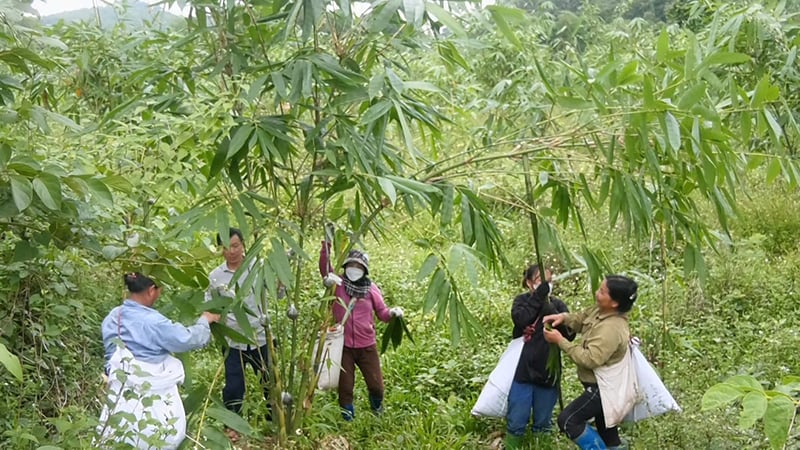



![[Photo] Coming to Son La, let's "show off" with the Wallflowers](https://vphoto.vietnam.vn/thumb/1200x675/vietnam/resource/IMAGE/2025/5/21/627a654c41fc4e1a95f3e1c353d0426d)
![[Photo] Scientific workshop "Building a socialist model associated with socialist people in Hai Phong city in the period of 2025-2030 and the following years"](https://vphoto.vietnam.vn/thumb/1200x675/vietnam/resource/IMAGE/2025/5/21/5098e06c813243b1bf5670f9dc20ad0a)
![[Photo] Prime Minister Pham Minh Chinh receives the President of Asia-Pacific region of PowerChina Group](https://vphoto.vietnam.vn/thumb/1200x675/vietnam/resource/IMAGE/2025/5/21/0f4f3c2f997b4fdaa44b60aaac103d91)
![[Photo] Prime Minister Pham Minh Chinh receives Rabbi Yoav Ben Tzur, Israeli Minister of Labor](https://vphoto.vietnam.vn/thumb/1200x675/vietnam/resource/IMAGE/2025/5/21/511bf6664512413ca5a275cbf3fb2f65)





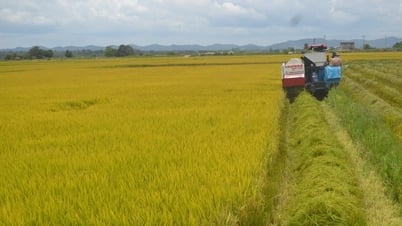












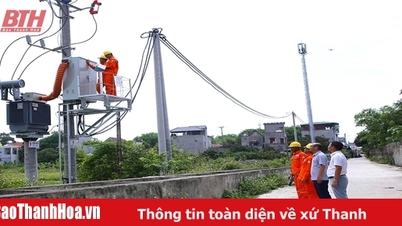










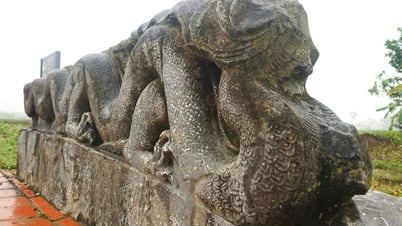

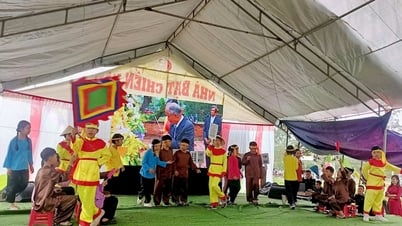



















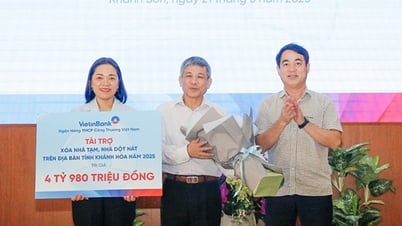
















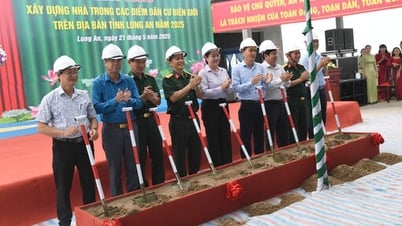

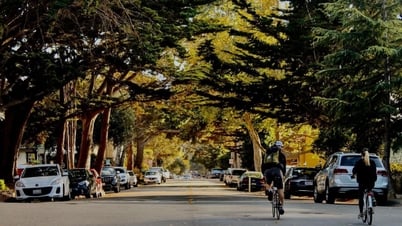




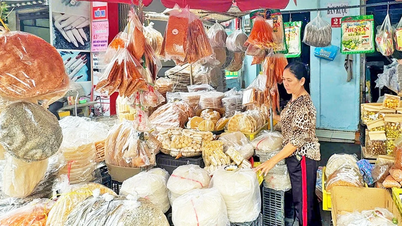








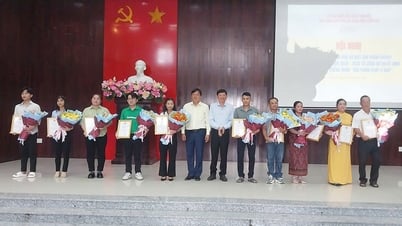



Comment (0)